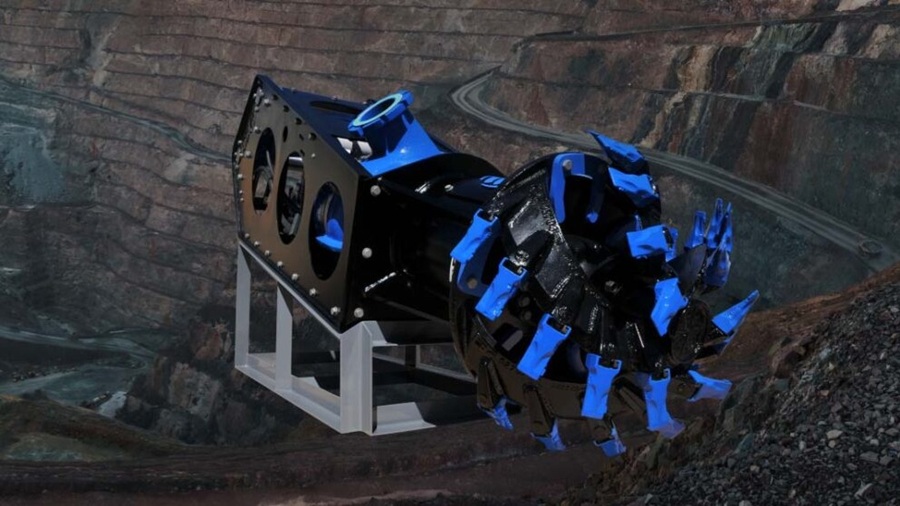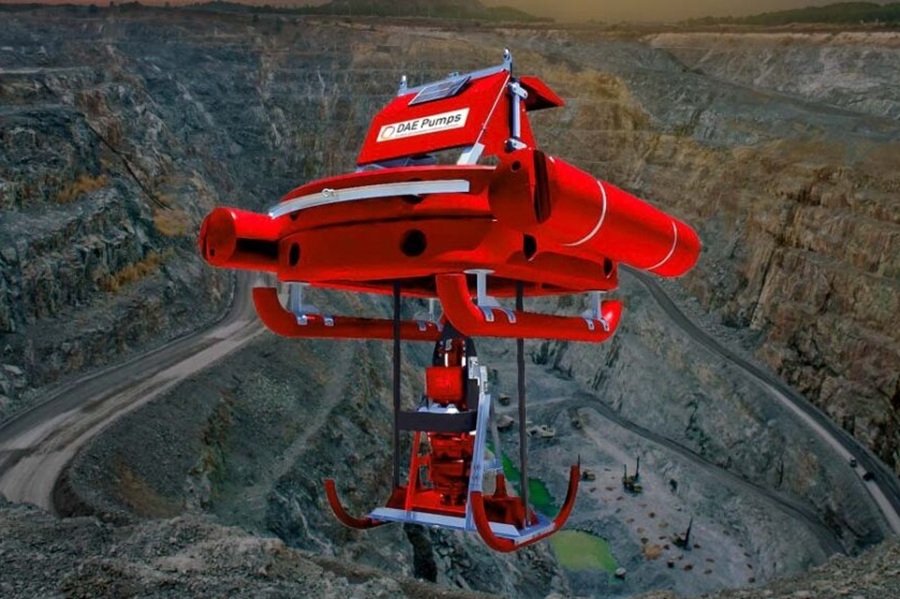Efficiency meets portability: Exploring the benefits of small dredging equipment
Discover how small dredging equipment delivers efficiency and portability for shallow water, environmental and industrial dredging projects
THE DEMAND FOR effective, adaptable, and efficient dredging gear has never been higher. As canal maintenance, environmental restoration, and industrial operations become more complicated and frequent, specialist equipment becomes increasingly important. One of the most significant improvements in the sector is compact dredging equipment. This tiny yet strong category of technology is changing the way dredging is done by combining efficiency and mobility.
Small dredging equipment is intended to work in limited, shallow, or sensitive regions where conventional dredging equipment would be too large or obtrusive. Whether in a distant region, an urban river, or a tiny pond, compact dredging methods can provide great performance without the logistical and financial strain of large-scale alternatives.
The Advantages of Portable Dredging Equipment
Portable dredging equipment has several benefits, making it appropriate for contractors, governments, environmental agencies, and industrial operators alike. One of the most significant advantages is increased mobility. These systems are meant to be portable, generally fitting onto a trailer or small flatbed, and can be installed fast on construction sites.
Furthermore, portable dredging equipment greatly lowers setup and operating expenses. Because the technology is lightweight and easy to operate, no skilled staff or sophisticated logistics are required to get operations started. In many circumstances, a two- to three-person team can manage deployment, operation, and retrieval.
Remote locations or sites with limited access benefit most from portable systems. Whether you’re navigating narrow canals or working in an urban basin surrounded by infrastructure, portable and mini dredge systems offer unmatched operational flexibility compared to traditional, bulky equipment.

Types of Small Dredging Equipment
Small dredging equipment comes in a variety of configurations, each customized to specific requirements and situations. Mini dredges are small equipment used to remove sand, silt, and debris from shallow waterways with accuracy. These are suited for use in home ponds, small ports, and environmental cleanup areas.
Compact dredging systems offer slightly more power and versatility, often designed for mid-sized jobs that require moderate depth and capacity. These units usually feature modular components, making them easier to transport and customize.
Mobile dredging equipment, on the other hand, includes trailer-mounted or self-propelled units designed for ease of movement between job sites. These systems are particularly popular among contractors who require fast turnaround and the ability to efficiently serve multiple locations.
Top Applications of Small Dredge Machines
Small dredging machines are engineered to perform across a diverse range of applications. One of the primary uses is shallow water dredging, where water bodies such as ponds, lagoons, and small rivers need regular sediment removal to maintain flow and ecological balance.
In environmental restoration projects, small dredge equipment plays a vital role in the cleanup of contaminated sediments, restoration of wetlands, and reestablishment of natural watercourses. These tasks often require delicate maneuvering and minimal environmental disturbance, both of which are strengths of compact dredging systems.
Marinas, canals, and retention basins also benefit from small dredge machines. These water bodies accumulate silt and organic matter that can hinder navigation, reduce depth, and promote algae growth. Lightweight dredging solutions can access these tight spaces without the risk of damaging surrounding infrastructure.
In mining and industrial contexts, small dredges are often used to recover valuable materials or maintain operational water channels. Because of their portability, they can be quickly relocated as site conditions change.
Technological Innovations in Efficient Dredging
Dredging technology has improved significantly in recent years. Automation is one of the most significant advancements revolutionizing small dredging operations. Operators may now regulate dredging settings via control panels or even remote controls, which increases safety and productivity.
Fuel economy is another important consideration. Many current compact dredge machines use engines that are designed to use as little fuel as possible while producing maximum power. This not only lowers operational expenses, but also helps to lessen the environmental imprint.
Furthermore, small dredging methods are increasingly incorporating sophisticated monitoring tools. These sensors and devices deliver real-time information on dredging depth, silt density, and machine health. This enables operators to make more educated decisions, improving both accuracy and operating longevity.

Comparing Lightweight Dredging Solutions: A Practical Guide
When evaluating lightweight dredging solutions, it’s important to consider a few key parameters to ensure the right fit for your application. Factors such as pump capacity, dredging depth, transportability, and power source should all be assessed.
Here is a quick comparison of typical types of small dredging equipment:
| Equipment Type | Ideal Use Case | Portability | Typical Depth | Operator Required |
| Mini Dredge | Residential ponds, small basins | High | 5–10 ft | 1–2 |
| Compact Dredging System | Medium-sized canals, small harbors | Moderate | 10–20 ft | 2–3 |
| Mobile Dredging Unit | Industrial and municipal use | High | 15–25 ft | 2–4 |
Each system has its strengths and ideal applications. In general, the lighter and more compact the system, the easier it is to transport and operate. However, for projects requiring greater depth or output, more robust compact systems may be necessary.
Small Dredge for Sale: What to Consider Before Buying
If you’re in the market for a small dredge for sale, there are several important factors to keep in mind. First, determine the specific requirements of your project’s depth, type of sediment, and frequency of use. This will help narrow down the models that best suit your needs.
Key features to evaluate include:
- Pump capacity and efficiency
- Engine type (diesel, electric, or hybrid)
- Dredging depth capability
- Portability and modular design
- Maintenance requirements
It is also important to consider environmental rules. Many municipal and federal regulations govern what equipment can be used in sensitive or protected waters. Check that any system you’re contemplating complies with applicable legislation.
Finally, seek vendors who provide training, after-sales assistance, and convenient access to replacement parts. These maintenance tasks can considerably increase the life of your investment while reducing field downtime.

Future Trends in Compact Dredging Systems
The future of small dredging systems seems promising, with several trends impacting the next generation of equipment. One of the most notable is the incorporation of digital technology. From GPS-guided dredging pathways to AI-powered sediment analysis, technology is allowing for better, more precise operations.
Mobile dredging equipment is also gaining popularity, particularly in areas with extensive infrastructure development or environmental programs. Self-propelled and trailer-mounted machines enable contractors to respond swiftly and effectively to a variety of assignments.
Sustainability is another motivating factor. Manufacturers are investing in eco-friendly materials, electric power systems, and low-emission engines to lessen their environmental footprint. These developments are consistent with the greater worldwide trend for greener building and maintenance techniques.
Conclusion: The Role of Small Dredge Equipment in Modern Dredging
Small dredging equipment represents a critical evolution in dredging technology. Combining portability, efficiency, and adaptability, these machines are ideal for a wide range of modern applications from environmental restoration to municipal maintenance and industrial operations.
By leveraging lightweight dredging solutions, operators can work more efficiently, reduce costs, and minimize ecological impact. As technology continues to evolve, small dredge machines will become even more intelligent, accessible, and sustainable, redefining how we approach waterway management across the globe.

